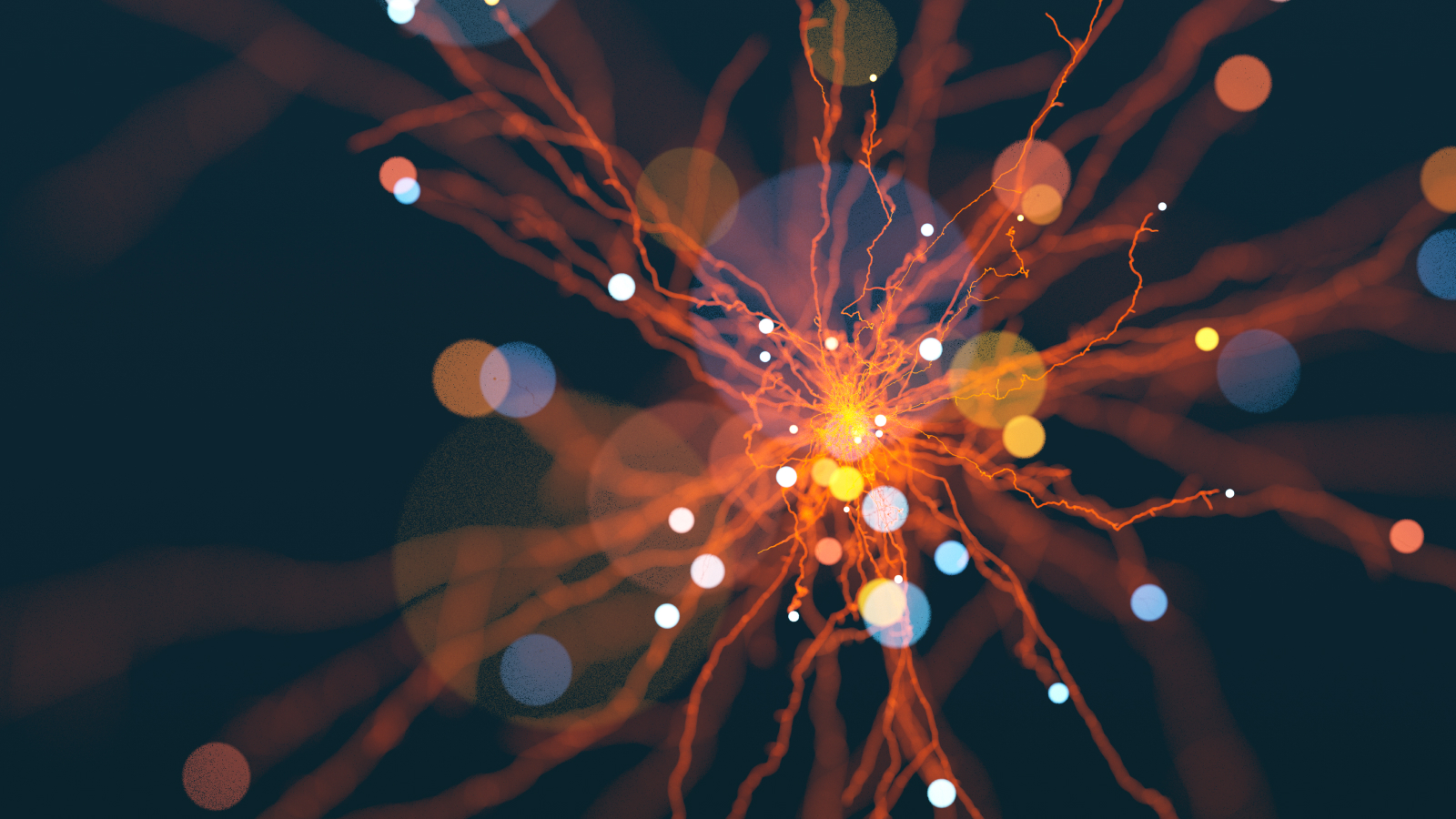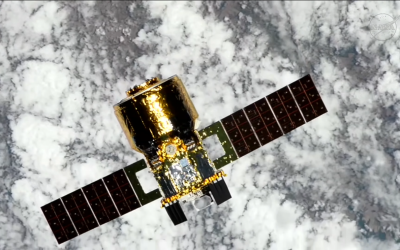Physicists have successfully determined both a particle’s momentum and its position, an achievement that nonetheless upholds Heisenberg’s fundamental uncertainty principle.
In the quantum realm, particles do not possess fixed, definitive characteristics akin to macroscopic objects. Instead, their attributes exist in a state of potentiality, a ‘haze of possibilities,’ only crystallizing upon measurement. Crucially, the act of observing one specific property inherently introduces indeterminacy into others. This fundamental constraint is famously formalized by Heisenberg’s Uncertainty Principle, which dictates that it is impossible to simultaneously ascertain both a particle’s exact position and its precise momentum.
Australian physicists have unveiled a groundbreaking method that circumvents a long-standing restriction, allowing for the simultaneous measurement of both position and momentum. A new study reveals their innovative approach focuses on distinct quantities, known as modular observables, to achieve this dual measurement.
Heisenberg’s uncertainty principle remains steadfast, according to Christophe Valahu, a physicist at the University of Sydney and lead author of a new study. Valahu explained that their innovative approach ‘shifts the uncertainty,’ allowing for a significant boost in measurement precision for desired data by intentionally discarding unneeded information.
Valahu and his team implemented a novel measurement technique, choosing to quantify “modular momentum” and “modular position” instead of directly assessing these properties. This innovative approach allowed them to capture the relative shifts of these quantities within a fixed scale, rather than their absolute values.
Valahu clarified the concept of modular measurement using a ruler as an illustration. He explained that a standard measurement pinpoints an object’s precise location by noting its position in centimeters and then counting the subsequent millimeters. However, Valahu distinguished this from a modular approach, which disregards the specific centimeter mark. Instead, modular measurement focuses exclusively on the distance in millimeters from the most recent major division. The essence, he noted, is to discard the overall location and instead track only these smaller, incremental shifts.
Valahu emphasized the critical role of this measurement technique within quantum sensing applications, where the objective is often to discern minute shifts originating from faint forces or fields. Quantum sensing is uniquely capable of detecting signals that frequently elude conventional instruments. This unparalleled precision holds the potential to significantly enhance the reliability of future navigation tools and improve the accuracy of timekeeping devices.
The research team’s laboratory work focused on manipulating a single trapped ion—a solitary charged atom precisely held stable by electromagnetic fields. Utilizing finely tuned lasers, they successfully guided this ion into a specific quantum configuration, designated as a grid state.
In a specialized “grid state,” an ion’s quantum wave function manifests as a precise series of evenly distributed peaks, resembling the marks on a calibrated scale. The associated quantum uncertainty is primarily concentrated in the spaces between these distinct crests.
Researchers cleverly employed these peaks as essential reference points. A slight external force applied to the ion would cause the entire grid pattern to shift subtly. Specifically, a minor lateral displacement of the peaks indicated a change in the ion’s position, while a noticeable tilt in the grid structure reflected a change in its momentum. This innovative measurement technique, by focusing exclusively on these relative shifts against the established peak pattern, allowed for the simultaneous determination of both the ion’s position and momentum.
Understanding these phenomena hinges on the concept of force. In physics, force is the fundamental influence that alters an object’s momentum over time and shifts its position. To precisely quantify this, researchers observed the movement of a distinct grid pattern, enabling them to measure the subtle push exerted on an individual ion.
Researchers have detected a force of approximately 10 yoctonewtons (10^-23 newtons). While this measurement doesn’t establish a new world record—other teams have achieved sensitivities two orders of magnitude greater—it carries distinct significance. Valahu informed Live Science that such record-setting efforts typically rely on cumbersome and expensive setups involving massive crystals. The current achievement, however, is noteworthy for its ability to demonstrate high sensitivity using a single atom within a trap that is comparatively simple and offers potential for scalability.
A recent scientific demonstration reveals the potential for achieving remarkably high sensitivities even with basic experimental setups. While not detecting the absolute lowest force, the findings underscore that profound measurement capabilities are attainable without complex infrastructure. This capacity for sensing minute changes holds significant implications across numerous scientific and technological domains. Specifically, ultra-precise quantum sensors could revolutionize navigation in GPS-denied environments, including subaquatic, subterranean, and extraterrestrial locations. Furthermore, these advancements promise substantial enhancements in biological and medical imaging techniques.
Valahu stated that highly sensitive quantum-enhanced sensors could pave the way for entirely new industries, drawing a parallel to how atomic clocks revolutionized navigation and telecommunications.







